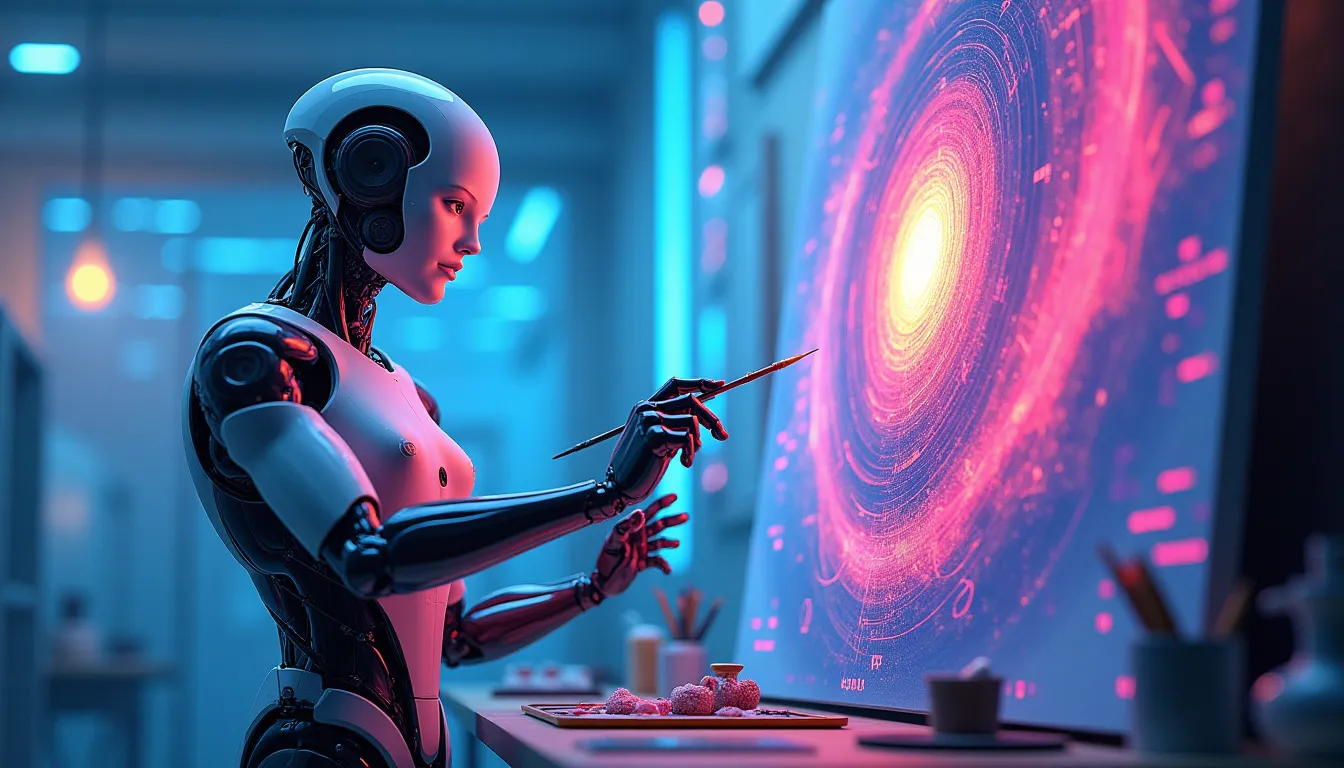As the lines between human and artificial intelligence continue to blur, the concept of creativity is undergoing a significant transformation. The recent surge in generative AI models, such as OpenAI’s ChatGPT, has led to the creation of stunning artworks, poignant music, and innovative scientific hypotheses. This move reflects broader industry trends, where machines are increasingly capable of mimicking human-like intelligence, forcing us to reexamine our understanding of creativity.
At the heart of this debate lies the question: can machines truly be creative? Researchers like Simon Colton, who studies computational creativity at Queen Mary, University of London, argue that the progress in generative AI has been “absolutely mind-blowing.” However, others, like James Kaufman, an educational psychologist at the University of Connecticut, contend that creativity entails a unique human process, involving subjective emotions, aesthetics, and personal values, which AI systems currently lack.
The ability of generative AI models to produce novel and effective content has sparked a wave of interest in the scientific community. For instance, AI tools like AlphaFold have revolutionized the field of protein structure prediction, achieving impressive results in tightly defined problems. Nevertheless, when faced with broader challenges, these models often struggle to match human creativity, lacking the experience, context, and imaginative leaps required to generate truly groundbreaking discoveries.
Researchers are now exploring alternative AI architectures, such as neuromorphic AI and neurosymbolic AI, which may increase the potential for creativity. These approaches aim to equip AI systems with more flexibility to break out of their training data, enabling them to think outside the box. As Caterina Moruzzi, a philosopher studying creativity and AI, notes, “What they still cannot do, and the question is whether they will ever be able to, is to give themselves their own goals.”
The implications of this debate extend far beyond the realm of AI research, touching on fundamental questions about human identity, innovation, and the future of work. As we continue to develop and refine generative AI models, we must also reexamine our understanding of creativity and its role in human society. Ultimately, the emergence of AI creativity challenges us to redefine what it means to be human and to innovate, forcing us to confront the boundaries between human and machine intelligence.
